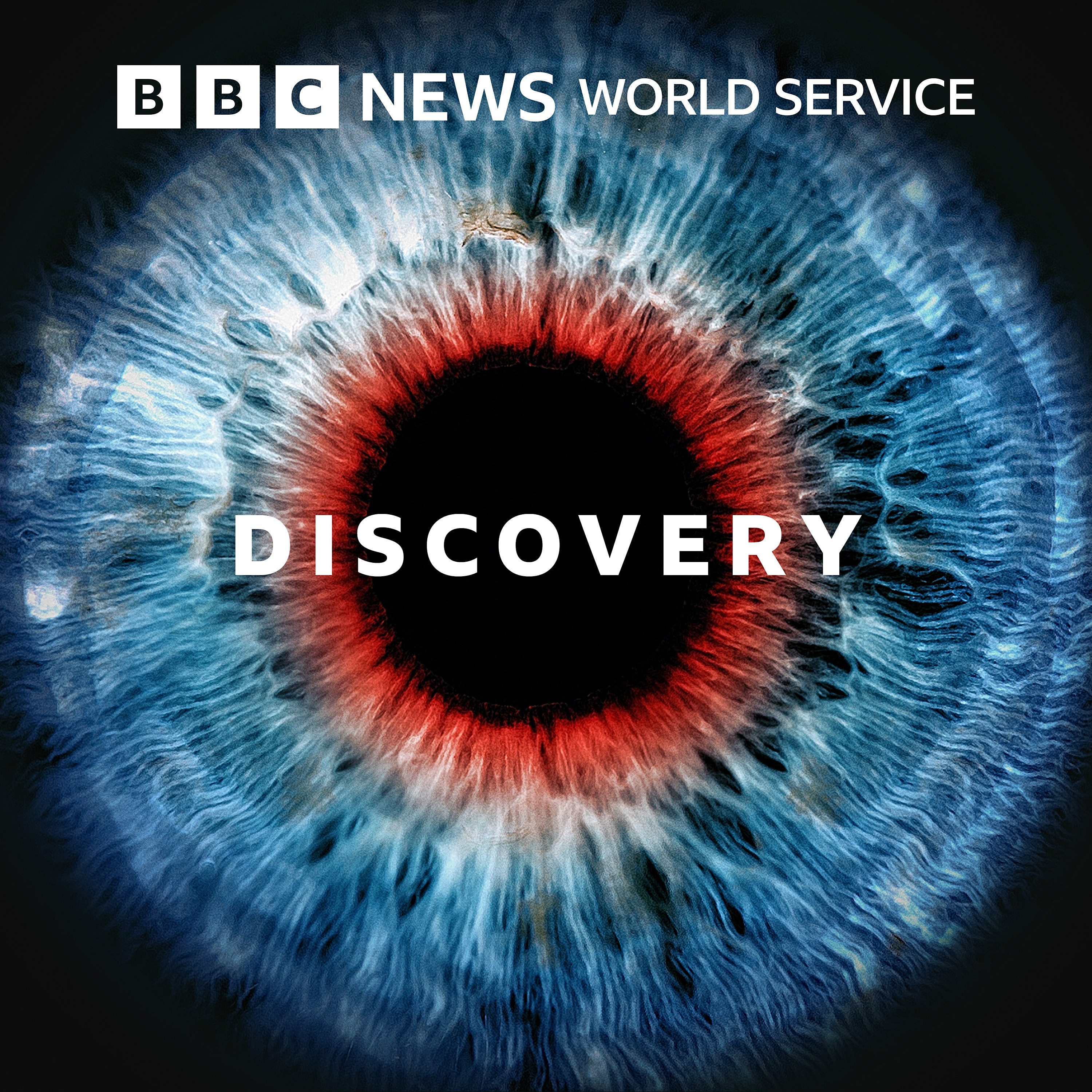
Discovery
Sep 22, 2025
Surgeons often have to deal with the consequences of violent attacks - becoming all too familiar with patterns of public violence, and peaks around weekends, alcohol-infused events and occasions that bring together groups with conflicting ideals.
Professor Jonathan Shepherd not only recognised the link between public violence and emergency hospital admissions, he actually did something about it.
As a senior lecturer in Oral and Maxillofacial Surgery in the early 1980s, Jonathan started looking into this trend - and his research revealed that most violent assaults resulting in emergency hospital treatment are not reported to police.
As a result, he devised the ‘Cardiff Model for Violence Prevention’: a programme where hospitals share data about admissions relating to violent attacks with local authorities. He also went on to study various aspects of violent assault and deliver evidence-based solutions - from alcohol restrictions in hotspots, to less breakable beer glasses in pubs.
The impacts have been significant, delivering reductions in hospital admissions and in violent attacks recorded by police; not only in Cardiff, but in cities around the world where the model is used. Today, as an Emeritus Professor of Oral and Maxillofacial Surgery at Cardiff University - where he’s also Director of their Crime, Security and Intelligence Innovation Institute - Jonathan continues to bring together the medical sector with local authorities, finding practical ways to make cities and their residents safer.
But his career, straddling the worlds of practise, science and policy, is an unusual one; here he talks to Professor Jim Al-Khalili about what drove him to make a difference.
Presentedby Jim Al-Khalili Produced by Lucy Taylor Reversion for World Service by Minnie Harrop

